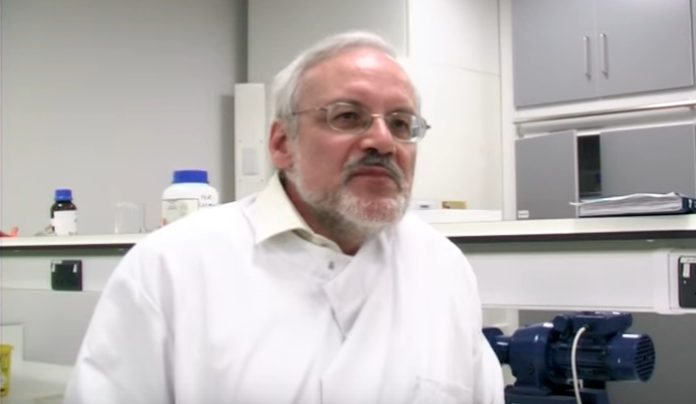Biomass is considered to be a renewable resource because of how it is derived. Biomass typically comes from crop waste, wood, and specific resources that have been grown to create energy. It can also come from garbage, sewer sludge, manure, and other forms of organic waste. In a sense, biomass allows us to create power from the waste products that we are continually producing.
This is why it is a renewable resource. We can make more of it without changing how our resources are dedicated. But just because it is labeled as a renewable resource doesn’t necessarily guarantee that it will always be available as an energy source.
The #1 Problem with Using Biomass as Energy Is…
Most forms of biomass are not considered to be “carbon neutral.” There have been arguments made over the years that implementing biomass will create a 100% reduction of carbon dioxide from energy creation emissions. This is not true, which was what the US Congress was told in 2010 by a group of scientists who discussed the pros and cons of biomass in great detail.
Biomass naturally creates carbon emissions. There’s no getting around that fact. So if you consume fossil fuels to build a biomass plant, then consume more fossil fuels to create the waste that will be turned into biomass energy, the net savings for emission production is virtually nothing.
That’s right. Many forms of biomass are nearly equal in emissions, when every production step is considered, to coal-fired power plants.
But it doesn’t have to be this way. Biomass has the potential to be a carbon neutral energy. It can be this way if we are able to produce fast-growing crops on lands that are unproductive. This plant growth, which requires carbon to make it happen, can offset the amount of carbon that is produced by the biomass energy production efforts.
This is why biomass is ultimately considered to be a renewable resource. If we can get it right, then it could dramatically reduce the emissions we produce as a global society.
What Biomass Will Look Like by 2030
Assuming that biomass development continues at its current pace, by 2030 there will be many wood products being consumed as a way to produce energy. Many of the biomass electricity plants that are currently in operation function by consuming wood pellets. These pellets are generally made from waste wood materials, such as sawdust.
Since 2011, wood pellet exports from the United States have increased by more than 70% to serve biomass demands in the Europe. This means the future of the biomass industry may involve the creation of tree farms which serve the sole purpose of creating pellets for fuel.
It could also mean that more standing trees and existing live forests are authorized for harvest to serve the growing demand for wood products. This could encourage clear-cutting and other poor forest management techniques.
Then there’s the other side of the biomass debate to consider. The American Heart Association and the American Lung Association have both labeled wood biomass energy plants as a danger to human health. This is due to their release of particulates and emissions into the air, which may cause respiratory illnesses, cardiovascular disease, developmental delays, and possibly even cancer.
So the future of biomass will be determined by which side has more sway in society. If proven to be harmful, will those against wood biomass look to alternative fuels? And if biomass turns out to be profitable, will anyone really care about ill health effects as long as they are able to get their power?
What Can Be Done to Make Biomass More Renewable Right Now?
Biomass may not be as renewable as solar or wind energy, but it can still be a beneficial renewable resource if we start now to make it a carbon-neutral opportunity. Plants such as bamboo and hybrid poplar trees could be farmed to create more resources for biomass so that existing wood products would not need to be used.
Other forms of life, such as algae, are found all over the world and their blooms can be dangerous to sea life if left unmanaged. Some are even toxic to human health, but could be burned before they reach toxicity levels to create energy.
A third option, duckweed, is a very fast growing flowering plant that can go through an entire life cycle in just 30 hours. The amount of reproduction it is able to offer could create enough biomass to fill up our planet in less than a year.
So we have options. We can make biomass a truly renewable resource. With more study and experimentation, it can become another power asset for us all.
Crystal Lombardo is a contributing editor for Vision Launch. Crystal is a seasoned writer and researcher with over 10 years of experience. She has been an editor of three popular blogs that each have had over 500,000 monthly readers.


















